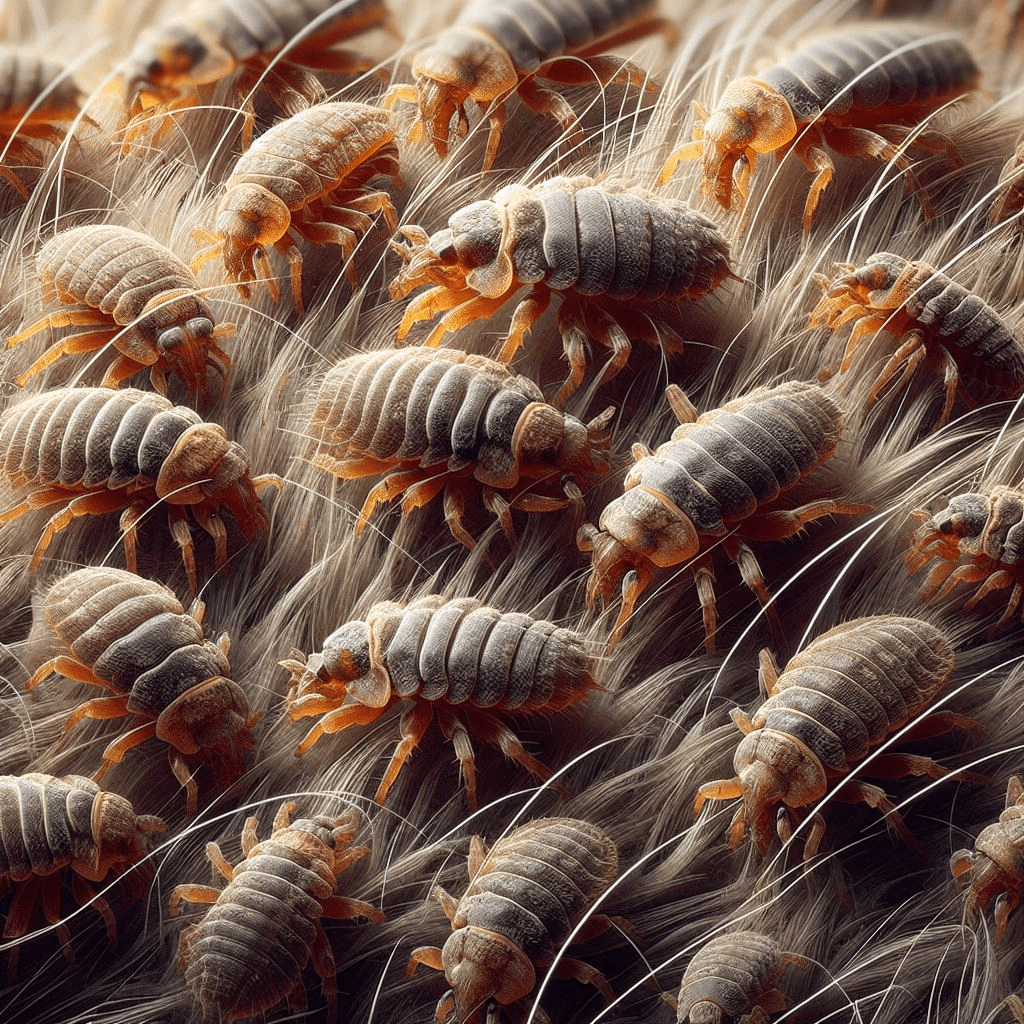Ah, fleas – those minuscule, bloodsucking nuisances that can send both humans and our beloved furry companions into a scratching frenzy. But have you ever stopped to ponder the fascinating world of these pint-sized parasites?
Fleas belong to the order Siphonaptera, and while they may seem like mere annoyances, their behavior and feeding habits are worthy of our attention. Understanding these aspects is crucial not only for our own sanity but also for the well-being of our pets.
The Flea Classification Conundrum
Classifying fleas might not be a topic that keeps you up at night, but their taxonomy can shed light on their diversity and adaptations. Within the order Siphonaptera, there are over 2,500 identified species worldwide – each with its unique characteristics. The most common flea species encountered by pet owners include dog fleas (Ctenocephalides canis) and cat fleas (Ctenocephalides felis).
These little leapers exhibit similar behavior patterns but have slight variations in appearance. Interestingly, fleas are considered insects due to their six legs and exoskeleton.
They possess specialized mouthparts designed for piercing the skin of their hosts during feeding. Flea larvae undergo complete metamorphosis: hatching from eggs as tiny white worms that eventually cocoon themselves before emerging as fully developed adults ready to embark on their blood-sucking journeys.
The Vitality of Understanding Flea Behavior and Feeding Habits
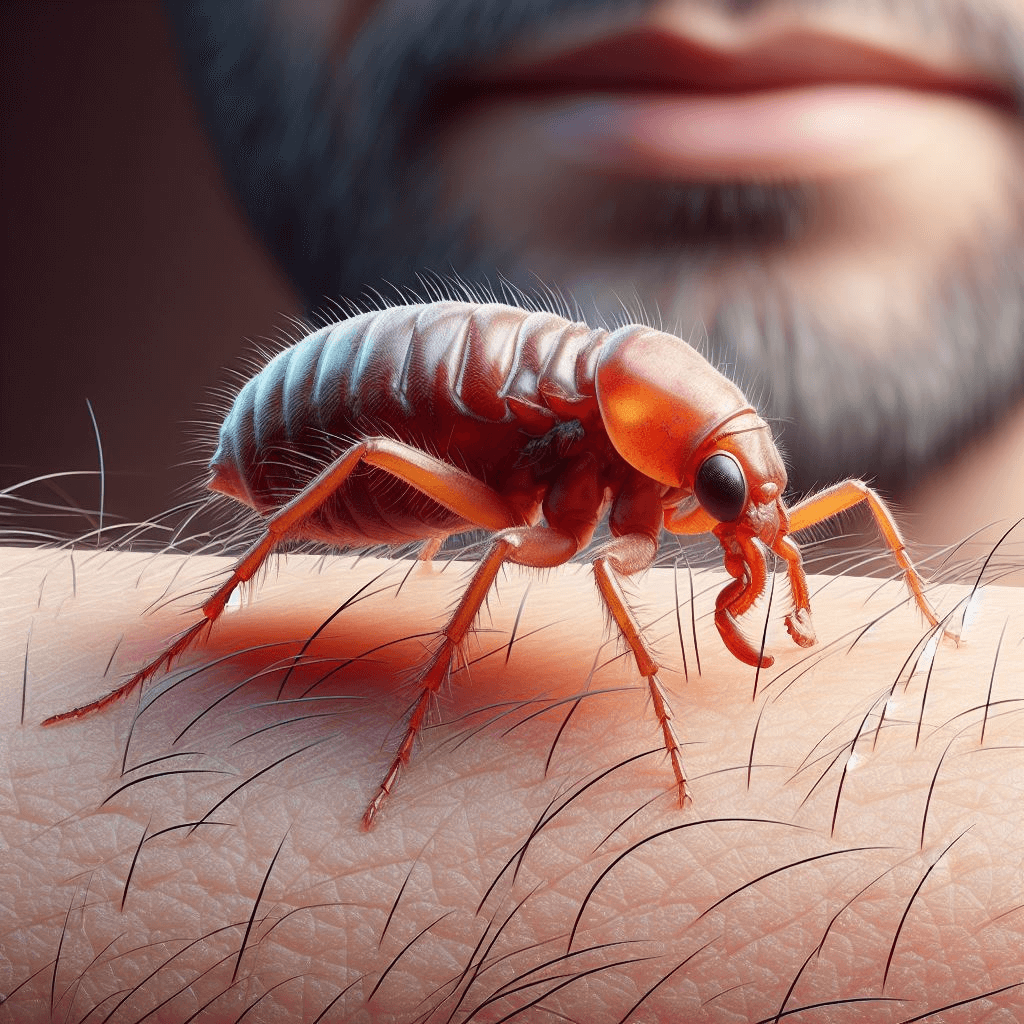
You might be wondering why it’s crucial to delve into the nitty-gritty details of flea behavior when all we really want is to rid ourselves of these bothersome critters! However, comprehending how fleas survive and thrive is key if we want to effectively control their populations and minimize the risks they pose. Fleas are hematophagous creatures, which means they feed exclusively on blood meals obtained from various host species.
By understanding their feeding habits, we can learn more about their preferred hosts and the factors that attract them. Additionally, comprehending how fleas reproduce and develop is vital for interrupting their life cycle and preventing infestations.
Not only are fleas an annoyance, but they can also transmit diseases to both animals and humans. Flea-borne illnesses such as murine typhus and tapeworm larvae infections can result from exposure to flea saliva, feces, or infected animals.
By gaining insight into flea behavior, we can implement strategies to protect ourselves and our furry friends from flea bites, ensuring a healthier environment for all. So buckle up!
In this article, we will explore the intriguing world of flea behavior and feeding habits in intricate detail. By diving into the complexities of these tiny parasites, we hope to equip you with knowledge that will empower you in controlling fleas effectively and safeguarding your pets’ well-being.
The Flea Life Cycle: A Fascinating Transformation
Exploring the Four Stages: Egg, Larva, Pupa, and Adult Flea
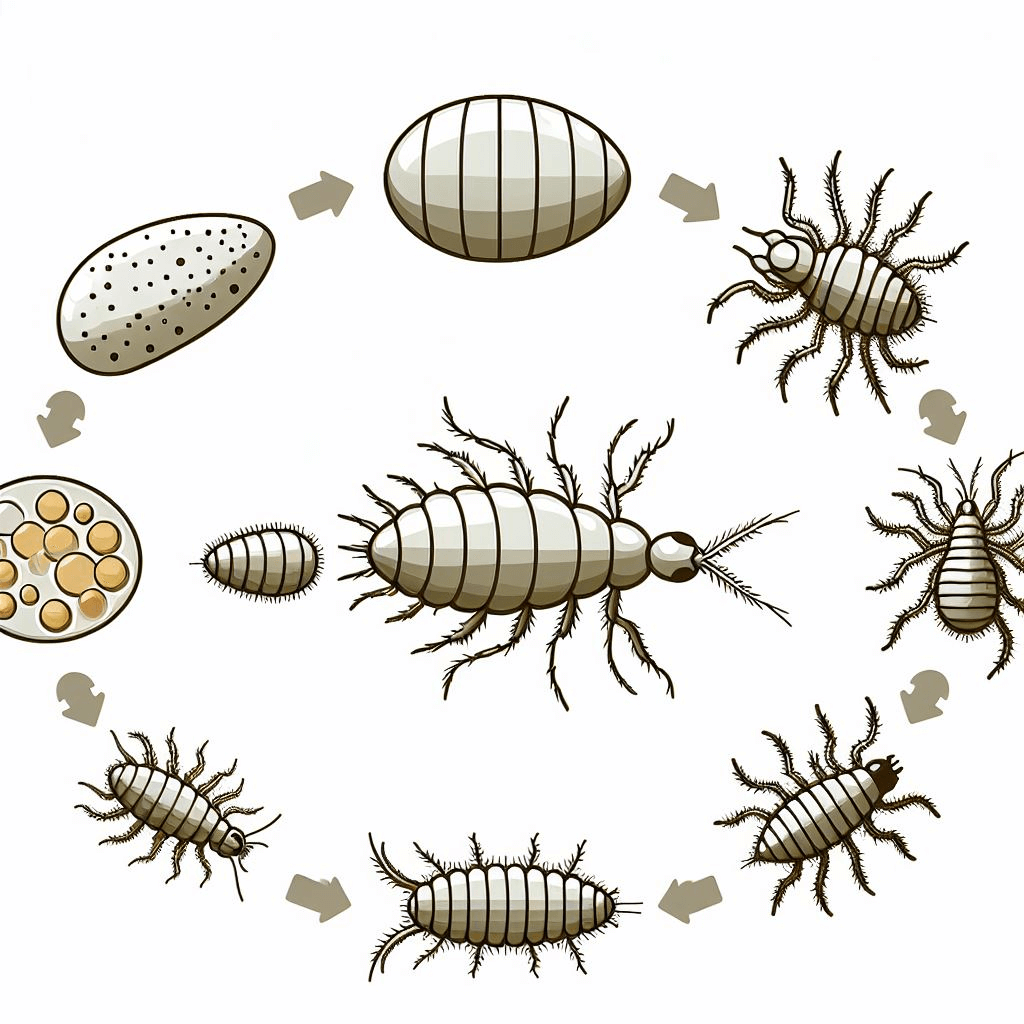
The life cycle of a flea is a remarkable journey that encompasses four distinct stages. Understanding these stages provides valuable insights into the behavior and habits of these blood-sucking insects.
Let’s delve into each stage to unravel the secrets of their development.
1. Egg Stage: Like many blood-sucking pests, fleas begin their life cycle by laying eggs. Female fleas are highly prolific reproducers; they can lay up to 50 eggs per day! These tiny white eggs are usually laid on the host species (such as dogs or cats) but can also be found in their surroundings like carpets and pet bedding too. The eggs are oval-shaped and barely visible to the naked eye. Within a few days, these minuscule miracles hatch into larvae.
2. Larva Stage: Once hatched, flea larvae emerge hungry for sustenance. Unlike their adult counterparts who feed on blood meals exclusively, flea larvae have different dietary preferences. They primarily consume organic matter such as flea feces, dried blood from previous meals, and other debris found in their environment. Larvae tend to avoid direct light and prefer dark crevices where they can thrive undisturbed for several weeks.
3. Pupa Stage: In this stage of complete metamorphosis, flea larvae spin silk cocoons around themselves to protect them during their transformation into pupae. Inside these protective cases, fleas undergo significant changes as they develop into adults through a process called pupation – which typically lasts for about 7-14 days but can extend for several months under unfavorable conditions like low temperatures or insufficient food sources.
4. Adult Flea Stage: Finally emerging from their pupal cases, adult fleas are ready to seek out a host for their much-needed blood meal. The newly emerged fleas are not only hungry but also instinctively driven to reproduce and continue the life cycle.
Once they find an animal host, they latch onto it with their specialized mouthparts and begin feeding on its blood. Female fleas require a blood meal to produce viable eggs, which starts the flea dirt life cycle anew.
Factors Influencing the Duration of Each Stage
The duration of each stage in the flea life cycle can vary depending on several factors. These factors play an essential role in determining how quickly fleas develop and mature into adult pests. Firstly, environmental conditions significantly impact the flea life cycle.
Fleas thrive in warm and humid environments, generally requiring temperatures between 70-85 degrees Fahrenheit (21-30 degrees Celsius) with humidity levels around 70%. Under these favorable conditions, fleas can complete their life cycle within a few weeks.
However, extreme temperatures or low humidity can slow down their development process, potentially prolonging each stage. Secondly, the availability of suitable hosts also affects the duration of each stage.
Flea larvae rely on organic matter and other debris as food sources until they reach adulthood. Without access to infected animals or human hosts that provide them with blood meals necessary for reproduction, flea development may be delayed or stunted.
External factors such as nutrition and the presence of natural predators can influence flea development. A lack of proper nutrition during any stage of flea eggs may result in slower growth and longer durations for each phase.
Additionally, certain predators like ants or beneficial nematodes feed on flea larvae and pupae, potentially reducing their population size or disrupting their development. Understanding these factors provides valuable insights into how we can implement effective pest control measures to combat flea infestations effectively.
The Fascinating Feeding Behavior of Fleas
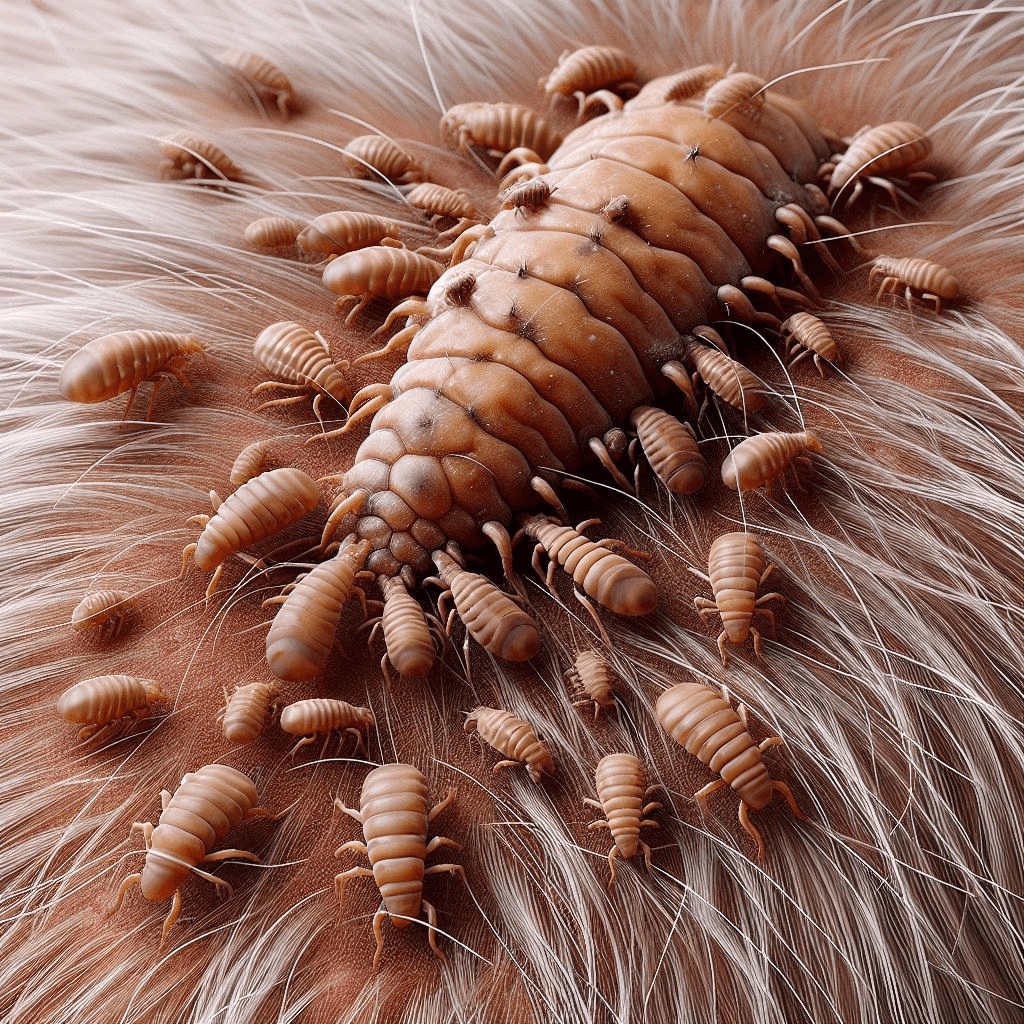
How Fleas Locate Their Hosts: A Sensory Adventure
Fleas, those minuscule blood-sucking insects that can cause quite a nuisance for both pets and humans, possess an impressive array of sensory organs that aid them in locating their hosts. One such organ is the flea’s antennae, which play a crucial role in detecting chemical cues emitted by potential hosts.
These chemical signals can vary depending on the host species, and fleas have evolved to recognize and be attracted to specific odors associated with their preferred hosts. Moreover, fleas are capable of detecting heat emitted by warm-blooded animals, thanks to tiny sensory pits located on their head and body.
This thermal sensitivity allows them to notice even the slightest temperature variations around them, guiding them towards their next blood meal. However, it is important to note that fleas cannot jump directly onto a host from a distance; they require close proximity for successful detection.
Factors Affecting Host Preference: It’s Not Just About Blood Type
While fleas primarily seek out warm-blooded hosts for their blood meals, there are several factors that influence their host preference beyond mere availability. Certain flea species exhibit preferences for specific host species based on various factors such as body temperature or chemical signals emitted by the host’s skin or fur.
For example, the rat flea (Xenopsylla cheopis) specializes in rats as its primary host due to adaptations developed over time through coevolution. Environmental conditions also play a significant role in determining flea host preference.
Flea infestations tend to be more common during warmer months when environmental conditions are favorable for their survival and reproduction. Furthermore, areas with high populations of infected animals can contribute to increased chances of encountering fleas.
The Mechanics of Flea Feeding: A Delicate Dance of Efficiency
When it comes to feeding, fleas employ remarkable adaptations that facilitate their bloodsucking endeavors. The mouthparts of fleas are designed for piercing the skin of their host and extracting blood efficiently. These mouthparts consist of a long, sharp proboscis that acts as a hypodermic needle, enabling the flea to penetrate the skin and reach a blood vessel.
Notably, fleas possess specialized structures called maxillae and mandibles that surround the proboscis. These structures work in coordination to create a secure grip on the host’s skin while the flea feeds.
Additionally, fleas have large hind legs equipped with strong muscles that aid in both jumping and anchoring themselves during feeding. It is worth mentioning that fleas have developed mechanisms to prevent coagulation of their host’s blood during feeding.
This allows them to obtain an efficient blood meal without interruption by clotting factors present in vertebrate blood. Such adaptations ensure that fleas can maximize their feeding time while minimizing potential risks.
Understanding the behavior and feeding habits of fleas provides valuable insights into how these small parasites locate hosts and exploit them for nourishment. From their sensory organs enabling host detection to their intricate mouthparts optimized for efficient feeding, fleas have evolved over time to become masters of survival within various host species.
By comprehending these mechanisms, both pet owners and medical professionals can take necessary precautions against flea infestations and better protect our beloved animals from potential health risks associated with these persistent pests. (Note: It is crucial for pet owners to consult with veterinary professionals regarding flea control methods suitable for specific pets.)
Host Selection by Fleas
Factors influencing host selection by fleas
When it comes to selecting a host, fleas rely on a fascinating array of factors. One of the major influences is the chemical cues emitted by potential hosts.
These cues act as a siren call to fleas, guiding them towards their next blood meal. Identification and attraction of the cat flea to specific host odors plays a significant role in this process.
Each animal species emits a unique combination of odors, which can be irresistible to fleas seeking nourishment. It is worth noting that the behavior of fleas can be highly specific; certain species of fleas show preferences for dogs and cats, while others favor wild animals like rodents or birds.
Another crucial factor that attracts fleas is carbon dioxide (CO2) emissions from potential hosts. Just like mosquitoes, fleas are equipped with specialized sensory organs that detect CO2 levels in the surrounding environment.
When we breathe out, we release CO2 into the air, thereby creating an alluring beacon for these tiny pests. Fleas are highly sensitive to even minor increases in CO2 concentration and utilize this gas as a key indicator of nearby hosts.
Environmental factors affecting host availability
Apart from chemical signals emitted by hosts, environmental factors also play an influential role in determining host availability for fleas. Temperature and humidity have a profound impact on flea activity levels and their ability to survive outside their preferred animal hosts’ bodies.
Fleas thrive in warm environments with temperatures ranging between 70-85°F (21-29°C) and humidity levels between 70-85%. Within these optimal conditions, flea populations flourish due to increased reproduction rates and faster development through each life stage – egg, larva, pupa, and adult flea.
However, extreme temperatures and low humidity can pose challenges for flea survival, leading to reduced activity and slower development. Seasonal variations also contribute to fluctuations in host availability for fleas.
During spring and summer, when temperatures are favorable, flea populations tend to surge as more animals spend time outdoors. This abundance of potential hosts frequently leads to higher flea infestation rates among pets and humans.
In contrast, colder winter months may witness a decline in host availability for fleas due to reduced outdoor activities by both animals and humans. The invisible signals emitted by hosts attract fleas while environmental factors such as temperature and humidity affect their activity levels.
Understanding these aspects of host selection can help us devise effective pest control strategies that target the specific behaviors of these pesky critters.
Flea Feeding Habits
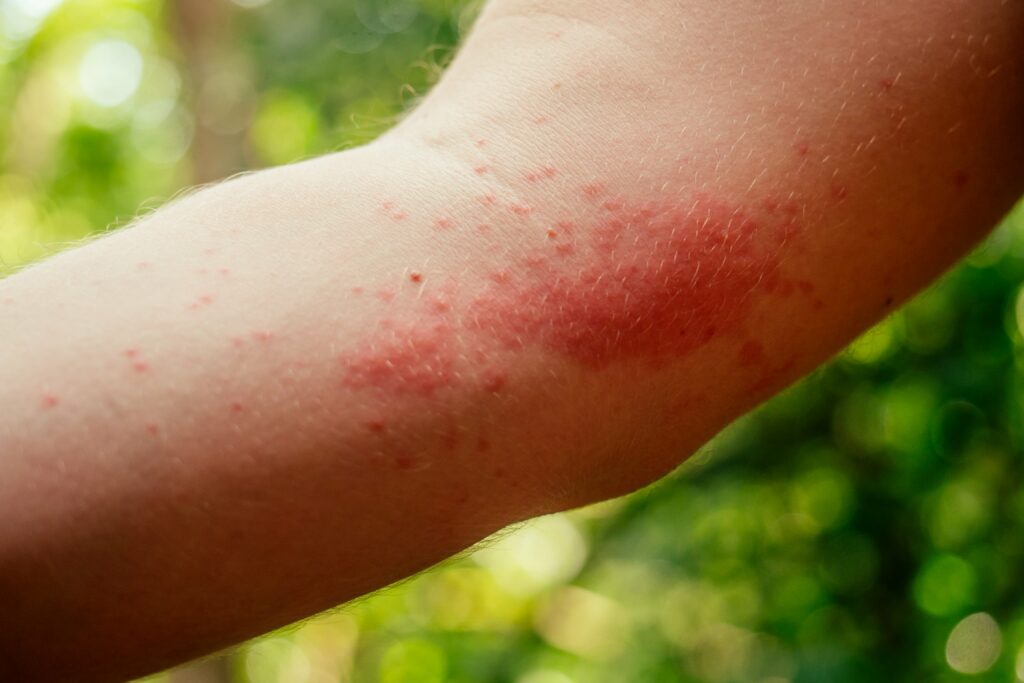
Types of Hosts Targeted by Fleas
Fleas, those minuscule but bothersome creatures, have a knack for picking their preferred hosts. Among the various potential targets of human flea, domestic animals such as dogs and cats rank as their primary choices. These furry companions unwittingly provide the ideal environment for fleas to thrive.
With their warm fur, constant supply of blood, and proximity to human dwellings, our beloved pets become prime real estate for these blood-sucking pests. However, it’s important to note that fleas aren’t picky eaters; they won’t hesitate to latch onto other warm-blooded creatures within their reach.
Wild Animals as Secondary or Occasional Hosts
While domestic animals serve as primary hosts for fleas, wild animals like rodents and birds often fall victim to these pesky parasites too. Rodents, especially rats and mice, are known carriers of the infamous rat flea which played a significant role in transmitting diseases like the bubonic plague in history.
Birds also act as secondary hosts since they provide ample harborage for fleas due to their nests and feathers. Consequently, it’s crucial not only to control fleas on our pets but also to maintain a clean environment around our homes to minimize interactions between domestic and wild animals.
Variations in Flea Feeding Patterns
Flea feeding habits vary depending on several factors including the life stage of these tiny insects. Adult fleas feed frequently but only consume small amounts of blood during each mealtime. Their feeding sessions can last from several minutes up to a few hours before they detach from the host’s skin.
On average, female fleas require a blood meal every few days in order to lay viable eggs that perpetuate their population growth efficiently. Conversely, larvae feed on organic debris found in their environment rather than blood.
During the larval stages, fleas survive by consuming particles such as dried blood and excrement from adult fleas. This peculiar dietary preference for a dog flea adds another dimension to the complex life cycle of these microscopic pests.
Feeding Preferences among Different Flea Species
Within the realm of fleas, various species exhibit distinct feeding preferences. For instance, the common species Ctenocephalides felis, often found on cats and dogs, displays a strong affinity for mammalian hosts in general. On the other hand, Ctenocephalides canis – primarily affecting dogs – tends to be less selective and may also target other animals within its reach.
Additionally, there are specialized flea species that strongly prefer specific host species; for example, human fleas (Pulex irritans) have a penchant for humans but will settle for other mammals if necessary. These variations in host preferences among different flea species provide scientists and pest control professionals with valuable insights when developing effective strategies to prevent fleas from becoming a nuisance.
Conclusion
In delving into the intricate world of flea feeding habits, we gain a profound understanding of how these tiny creatures interact with their chosen hosts. From domestic animals serving as primary flea’ targets to wild animals acting as secondary or occasional hosts, it’s clear that fleas are opportunistic survivors adapting to various environments.
Understanding variations in feeding patterns based on life stages and preferences among different flea species allows us to tailor effective pest control measures that help protect our beloved pets and ourselves from their bothersome bites. By staying vigilant and implementing preventive measures against these resilient pests, we can ensure healthier living spaces for both humans and animals alike—a small victory in our ongoing battle against these microscopic adversaries.
Get rid of fleas with D-Termination: The leading pest control service in Las Vegas!

If you’re facing flea issues on your Las Vegas property, D-Termination is ready to assist. Our expert team specializes in eliminating flea infestations and restoring comfort and peace to your space. Bid farewell to fleas—opt for D-Termination for effective pest control today!
Contact us at 702-919-6310 or visit dtermination.com to book your flea control service and reclaim your space from these pesky pests.
Frequently Asked Questions:
Fleas feed by piercing the skin and drawing blood from their host.
The feeding mechanism of a flea involves using specialized mouthparts to puncture the host’s skin and consume blood.
Fleas feed by using their mouthparts to pierce the skin and consume blood from their host.
The mode of feeding for fleas is through the use of specialized mouthparts to extract blood from their host.

